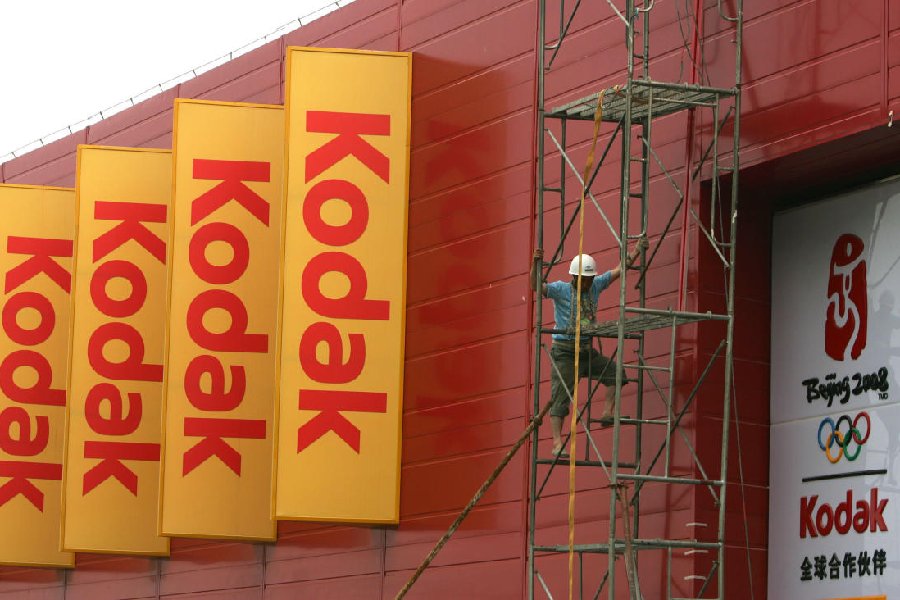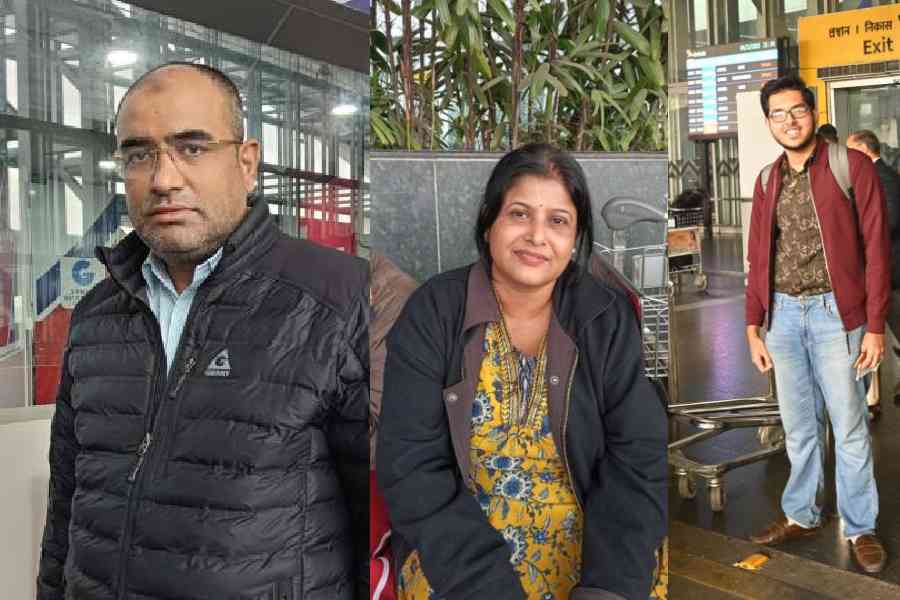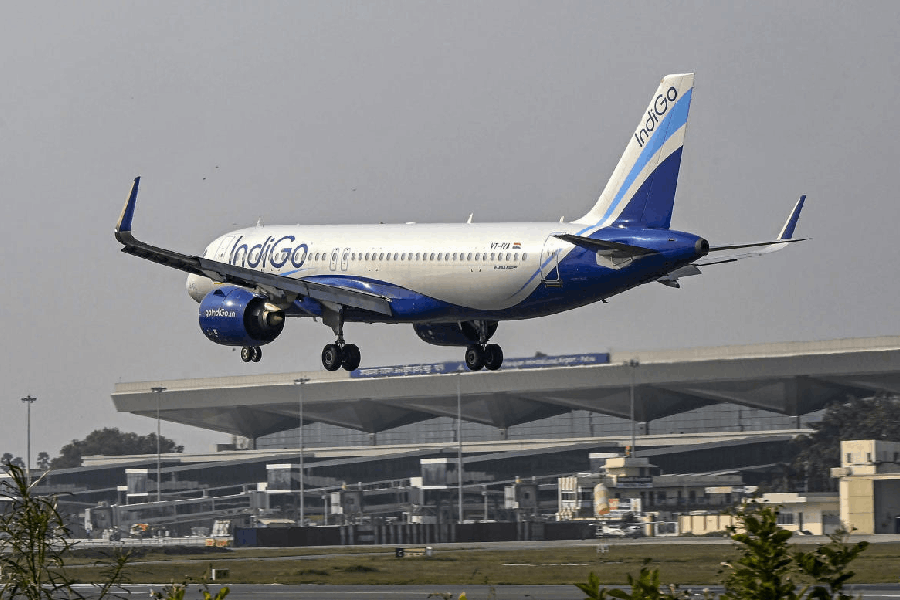Even among the flashy signs on the bustling main drag of Seongsu-dong, a former warehouse district turned hipster haven in Seoul, the mustard-yellow facade of the Kodak Corner Shop stands out.
On a recent afternoon, the two-story apparel store in what locals call the “Brooklyn of Seoul” teemed with shoppers. “Share Moments. Share Life” — a slogan Kodak launched nearly a quarter-century ago — was posted above the door. People browsed shelves of Kodak-branded clothing, including shorts, T-shirts, baseball caps, book bags, sundresses and sandals.
One of the shoppers, Erye An, a 27-year-old film photographer, modelled a cross-body bag emblazoned with Kodak’s signature red-and-yellow, camera-shutter logo, once among the most recognisable symbols in the world.
An, who mentioned that her refrigerator was packed with Kodak film and kimchi, said the shop mirrored the “dreamy” tones of analogue photographs and evoked for her a nostalgic feeling.
Her friend, Lee Young-ji, a 30-year-old marketing student, offered an explanation for why the shop was so busy: “I think it’s because Kodak hasn’t lost its emotional touch.”
The Eastman Kodak Company, a brand as big in its heyday as Apple or Google today and whose sentimental ads left lumps in the throats of generations of consumers, has become a cautionary tale for companies slow to adapt to change. At its headquarters in Rochester, New York, most of the roughly 200 buildings that once stood on its 1,300-acre campus have either been razed or are occupied by other businesses.
But Kodak is having a moment again, mostly overseas, through trademark licensing agreements with manufacturers and retailers of a wide range of products.
The company’s logo is being slapped on lifestyle items like apparel, luggage, eyewear and paint; on hardware like solar panels, flashlights and power generators; and on audiovisual equipment like televisions, voice recorders and binoculars.
Its ubiquity is perhaps nowhere more apparent than in South Korea, where there are 123 and counting brick-and-mortar stores that just sell products from Kodak Apparel, the name of the clothing line.
There are no Kodak Apparel stores in the US.
“Kodak is now a trending fashion brand in South Korea,” Adrian Tay, an editor at LinkedIn News Asia, said in a post on April 1. “No, this isn’t an April Fool’s joke.”
Brand licensing is a growing, if small, part of Kodak’s business, accounting for $20 million in revenue last year. That represents a 35 per cent increase over five years ago, when branding became a stand-alone segment of the company.
Kodak has never fully recovered from a ruinous decision to bet on film, just as digital photography, a technology it invented, was taking off. Last year, according to the company’s financial filings, it recorded $1 billion in revenue, compared with $19 billion in 1990 when “Kodak Moments” were captured on film everywhere.
The bulk of Kodak’s revenues comes from commercial print products and, to a lesser extent, materials related to the motion picture industry.
Kodak currently has 44 brand licensees, according to the company, and some of them make products that many people might consider unrelated to the thing they most associate with the company: photography.
But company officials said elements of photography like creativity, telling stories and preserving memories were often integrated in the products bearing the Kodak logo.
“Our brand licensing portfolio begins with photography and imaging, but it’s much broader than that,” said Clara Fort, the vice president for global brand licensing at the company.Fort pointed to Kodak’s wide-ranging apparel licensing deals in Asia, Europe and the US as natural extensions of the brand at a time when images, amplified by social media, are central to daily life.“With people taking pictures of themselves on social media,” she said, “we thought, well, why don’t we extend our brand to lifestyle?”
Kodak Apparel and its related shops are the brainchild of Lee Jun Kwon, the chief executive of Hilight Brands, a South Korean fashion company that has been acquiring licenses to prominent trademarks. The company holds licenses for Diadora and Malbon Golf, and has Kodak Apparel outlets in Japan, Taiwan and China.
“We believed Kodak could not be limited to just the keywords ‘camera’ and ‘film’,” a company representative, Hyejin Park, wrote in an email.
Kodak Apparel dovetails with a resurgence in film photography and a youth culture trend in South Korea known as “newtro” — a portmanteau that describes a blend of contemporary style (“new”) with nostalgia and vintage design (“retro”). American brands that have been “newtroed” in South Korea include National Geographic, Discovery, CNN and the aeronautics defense contractor Lockheed Martin.
In recent years, Kodak has partnered with Mattel on pink Barbie cameras and printers, and signed a deal allowing EssilorLuxottica, the European eyewear conglomerate that owns Ray-Ban and Oakley, to use the Kodak name in perpetuity.
Kodak officials said the company was exploring options in the gaming, smart home and health care industries.










